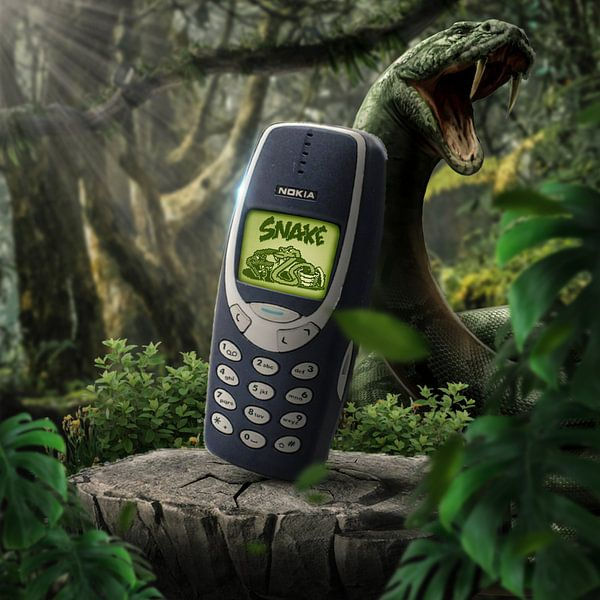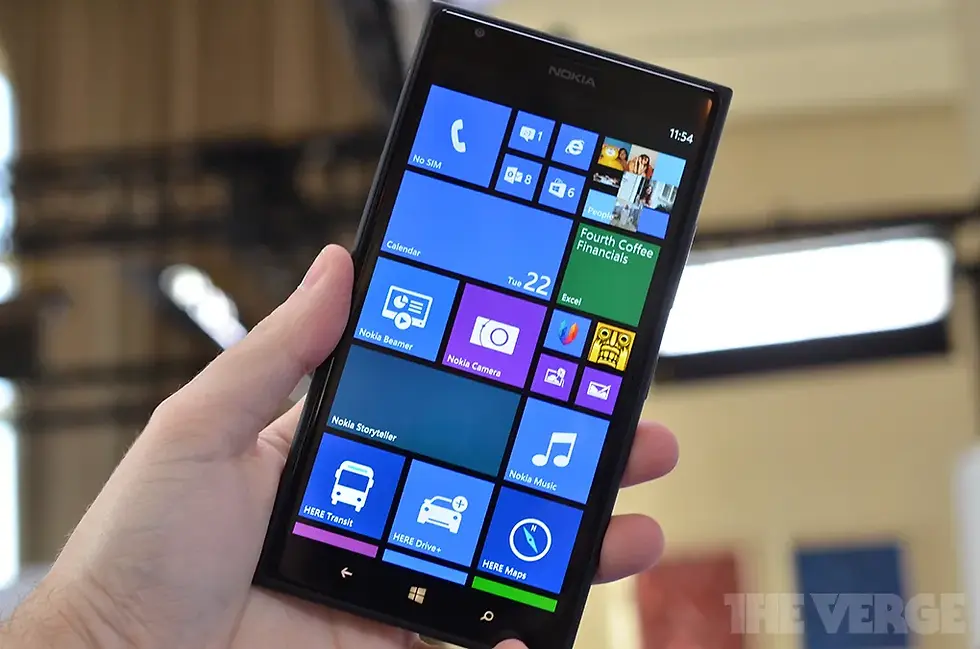📱 Nokia: Why Did the Legendary Mobile Phone King Disappear?
- marketing880320
- 1 day ago
- 3 min read

If you were a young adult in the early 2000s, chances are your first mobile phone was a Nokia. Back then, the name Nokia was practically synonymous with the word cell phone. But did you know that Nokia’s story didn’t actually begin with mobile phones? It started with something as simple as wood pulp and paper.
In 1865, Finnish engineer Fredrik Idestam founded a small paper mill by the river. Over the years, the company expanded into producing rubber boots, tires, and even cables, before eventually conquering the world of mobile phones. In other words, Nokia was a company that once made “bricks,” and later became the brand that built mobile phones as durable as bricks themselves.

The Golden Era: When Phones Became a Part of Life

The 1990s and early 2000s marked the golden age of Nokia. Models like the iconic 3310 and 1100 sold hundreds of millions of units worldwide. People used to joke that “breaking a Nokia phone is impossible.”
The Nokia 3310 became a near mythical device almost indestructible. Many would say, “When you drop a Nokia, the floor takes the damage, not the phone.” And of course, who could forget the legendary Snake game? For many of us, it was more than just a game it was a competition played on buses, in classrooms, and even in cafeterias, bonding an entire generation.
By 2007, Nokia commanded a staggering 40% of the global mobile phone market. It wasn’t just a company, it was the pride of Finland and a symbol of global technological leadership.
Turning Point: The iPhone Shock

The moment Steve Jobs introduced the iPhone in 2007 can be called “hour zero” of the mobile phone revolution. Its touchscreen, App Store, and internet-centered experience completely transformed how users interacted with their devices.
How did Nokia respond? They confidently stated, “Touchscreens will wear out soon.
Symbian is good enough.” But the truth was that Symbian had become outdated, unable to meet the new expectations of users.
As a result, Nokia was left watching from the sidelines rather than leading the smartphone revolution. Users had fallen in love with touchscreens and explored the world of apps, while Nokia clung to its old systems, missing the train of innovation.
A Belated Comeback Attempt

From 2010 onwards, Nokia teamed up with Microsoft to launch the Windows Phone and the Lumia series. While praised for their cameras and design, there was one major problem: the lack of apps.
As Apple users were downloading Facebook, Instagram, and YouTube, Lumia users were left wondering, “Is there any app at all?” Ironically, Nokia’s marketing encouraged users to “Stand out from the crowd”, but in reality, people were standing out by choosing iPhones and Samsung devices.
Decline and Lessons
In 2013, Nokia sold its mobile phone business to Microsoft, and just a few years later, this business ceased operations. The brand that once seemed as indestructible as the 3310 was ultimately wiped off the market.
How did competitors take the lead?
Apple: Created a seamless ecosystem of phones + App Store.
Samsung: Quickly adopted Android and innovated in displays and cameras.
Huawei: Entered the low and mid-range segments aggressively and rose to global prominence.
Nokia Today: A New Identity
Today, Nokia no longer manufactures mobile phones. The company licensed its phone business to HMD Global and has shifted its focus to 5G, B2B solutions, and technology infrastructure. In other words, Nokia is no longer the “king of mobile phones,” but rather the behind-the-scenes general of telecommunications.
Throwing a Nokia phone would break a stone—but in the winds of innovation, it broke itself.





Comments